If you're making deckchairs using our fabric, then you need to make it safely.
The primary concern is fire resistance. There are many standards that apply to deckchairs:
| Standard |
Description |
| EN 581-1:2017 |
Outdoor furniture - Seating and tables for camping, domestic and contract use - Part 1: General safety requirements |
| EN 581-2:2015/AC:2016 |
Outdoor furniture - Seating and tables for camping, domestic and contract use - Part 2: Mechanical safety requirements and test methods for seating |
| EN 581-3:2017 |
Outdoor furniture - Seating and tables for camping, domestic and contract use - Part 3: Mechanical safety requirements for tables |
| EN 12520:2024 |
Furniture - Safety, strength and durability - Requirements for domestic seating |
And please note this list is not exhaustive - every country has its own regulations and some may be stricter or more relaxed than shown here.
Also, the requirements largely depend on where your item will be used. Furnishings destined for home use have much more relaxed requirements than those intended for use in a school or hospital, for example.
You should make sure that this fabric meets your specific requirements for fire safety when making your end product, whether it is for sale or not.
You can use our FR standards as a guideline, but it is important that you understand the different standards and to which situations they are applicable.
If in doubt, contact FIRA for advice in the UK about fire safety for furniture.
You must also make sure your furniture is mechanically sound. Make sure there are no pinch points or likely points of failure, as this could cause serious injury.
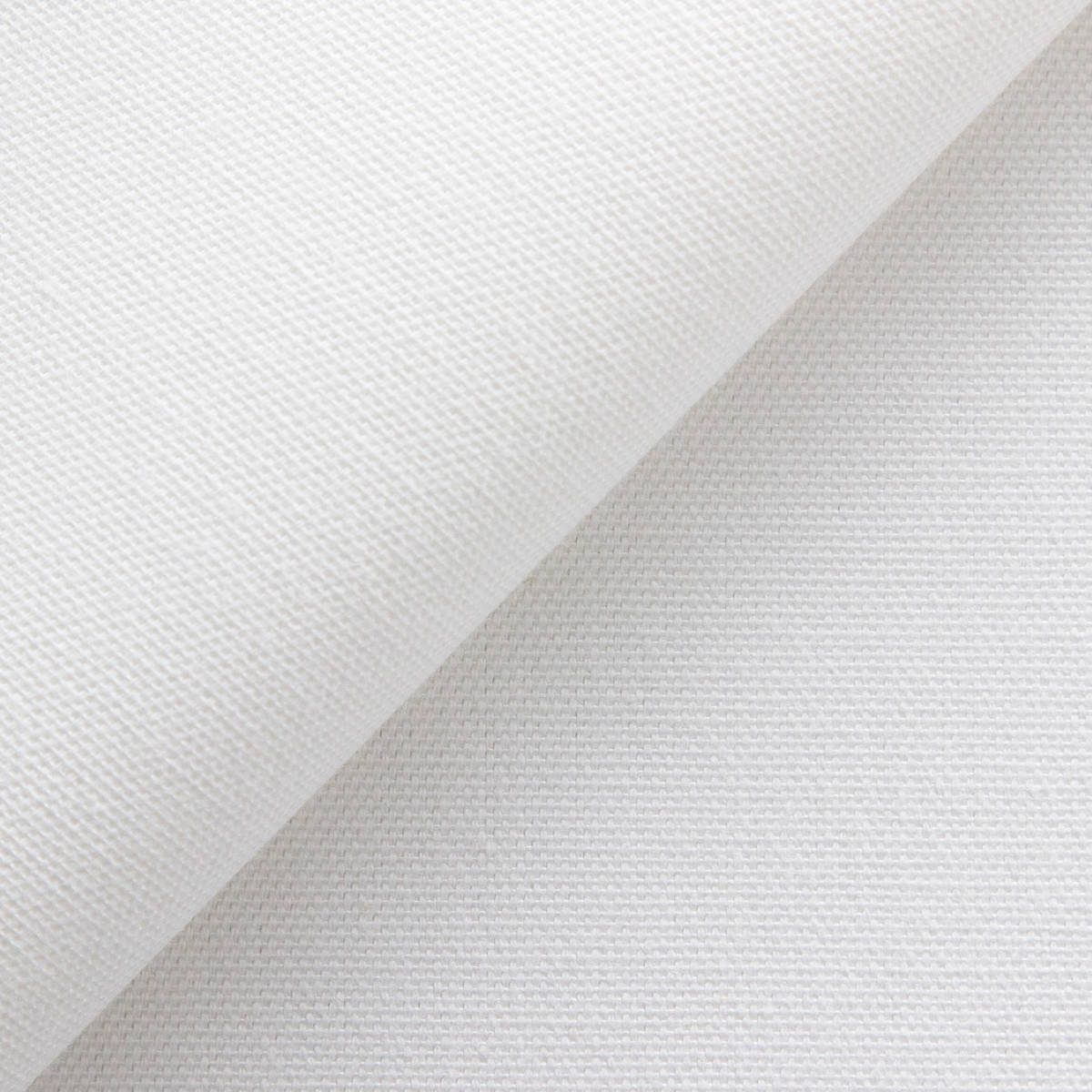
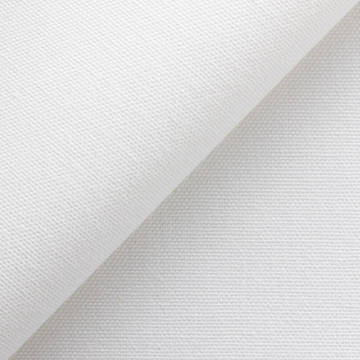
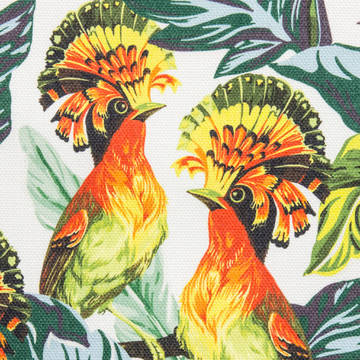
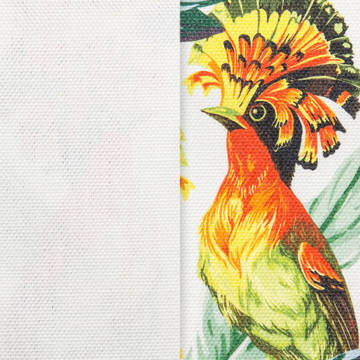
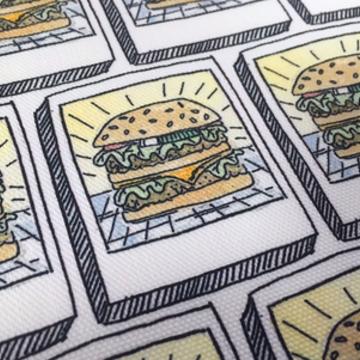
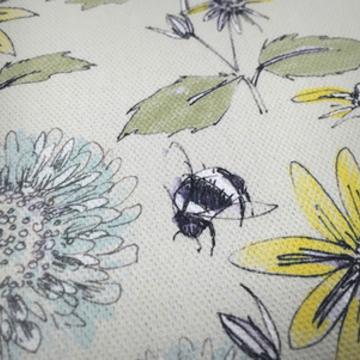
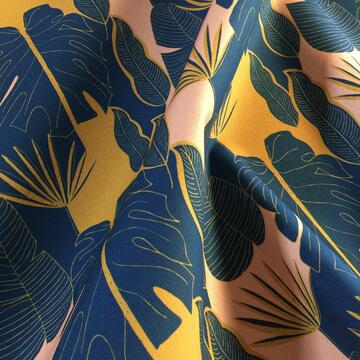
